Toyota has quite a history when it comes to making dependable engines. The company’s lineup of V6s and V8s, in particular, stand out as some of the most rugged motors we’ve seen since the dawn of the millennium.
One such engine that belongs in that category is the 1GR-FE 4.0L V6 engine. Powering Tacomas and 4Runners since the noughties, this naturally aspirated V6 powerplant has become synonymous with longevity and dependability.
At 236 hp (with some versions reaching up to 285), its stock output may seem underwhelming by modern standards.
However, its robustness is something you’ll hardly question, especially if you own a high-mileage example.
These things take quite a beating and yet continue to run for years. Accounts of the engine lasting over 250,000 miles with nothing but routine maintenance are not uncommon.
Join us as we take a closer look at the Toyota 1GR-FE’s specs, reliability, and common problems.
Toyota 1GR-FE: Specs

- Engine code: 1GR-FE
- Production: 2002-present
- Layout: DOHC V6 24V
- Displacement: 4.0L (3,956 cc)
- Fuel system: Electronic fuel injection
- Cylinder bore: 94 mm (3.70″)
- Piston stroke: 95 mm (3.74″)
- Compression ratio: 10.0:1, 10.4:1
- Power: 236 hp at 5,200 rpm to 285 hp at 5,600 rpm
- Torque: 270 lb-ft at 4,000 rpm to 278 lb-ft at 4,400 rpm
- Firing order: 1-2-3-4-5-6
Toyota’s 1GR-FE features a rather modern engine architecture with an all-aluminum design for the cylinder block and heads. Additionally, the naturally aspirated V6 engine gets dual overhead cams and four valves per cylinder.
The compression ratio stands at 10.0:1, with the engine having an almost square design, featuring a 94 mm bore and 95 mm stroke.
The 4.0L motor features an open deck design, sequential multi-point fuel injection, and Toyota’s VVT-i system on the intake camshaft.
Later versions, however, especially 2009 and up, get Dual VVT-i, offering cam-phased variable valve timing on both the intake and exhaust sides.
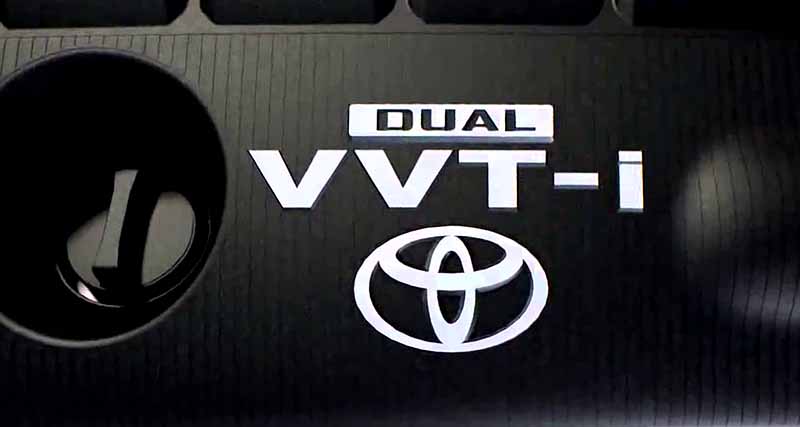
Depending on the year and model, the 1GR-FE makes anywhere from 236 to 285 hp with torque ratings between 270 and 278 lb-ft.
The 1GR-FE features what Toyota calls an “economy narrow-angle valve design,” evident from the ‘F’ in its engine code.
The “E”, of course, stands for electronic fuel injection, while “1GR” represents the first generation of the GR engine family.
Despite its open-deck nature, the engine is extremely reliable. Toyota went to great lengths to improve engine cooling and reduce cylinder hot spots, effectively reducing the possibility of detonation and pre-ignition.
On the reliability front, the 1GR receives a high-temperature plastic insulator to enhance the block’s rigidity. Plus, special cylinder liners are cast into the block to increase the engine’s bottom-end strength.
What you may not have realized is that the 1GR-FE gets forged crankshafts and forged connecting rods, in addition to pistons made using a high-strength aluminum alloy.
The engine also features what Toyota calls a taper-squish combustion chamber design that unlocks better fuel economy, performance, and anti-knocking attributes. Find a list of cars featuring the 1GR-FE below.

Single (intake) VVT-i V6 1GR-FE:
- 2002-2009 4Runner / Hilux Surf
- 2007-2011 Land Cruiser
- 2002-2009 Land Cruiser Prado
- 2004-2015 Tacoma
- 2005-2015 Hilux
- 2005-2006 Tundra
- 2006-2009 Tundra
- 2005-2015 Fortuner
- 2006-2009 FJ Cruiser
- 2009-present Land Cruiser 70
- 2015-present Hilux
Late model Dual VVT-i 1GR-FE:
- 2009-present 4Runner
- 2009-present FJ Cruiser
- 2011-2014 Tundra
- 2012-2021 Land Cruiser
- 2021-present Land Cruiser
- 2012-present Lexus GX 400
- 2015-present Fortuner
- 2009-present Land Cruiser Prado
1GR-FE Reliability
The 1GR-FE is definitely among the more reliable Toyota engines. Although it may be down on power by modern standards, at least for a 4.0L unit, it does make up for it by being robust and dependable.
It’s important to note that the 1GR is a fairly relaxed and under-stressed motor. Pair that with the over-engineered internals, and what you have is an excellent combination for reliable motoring.
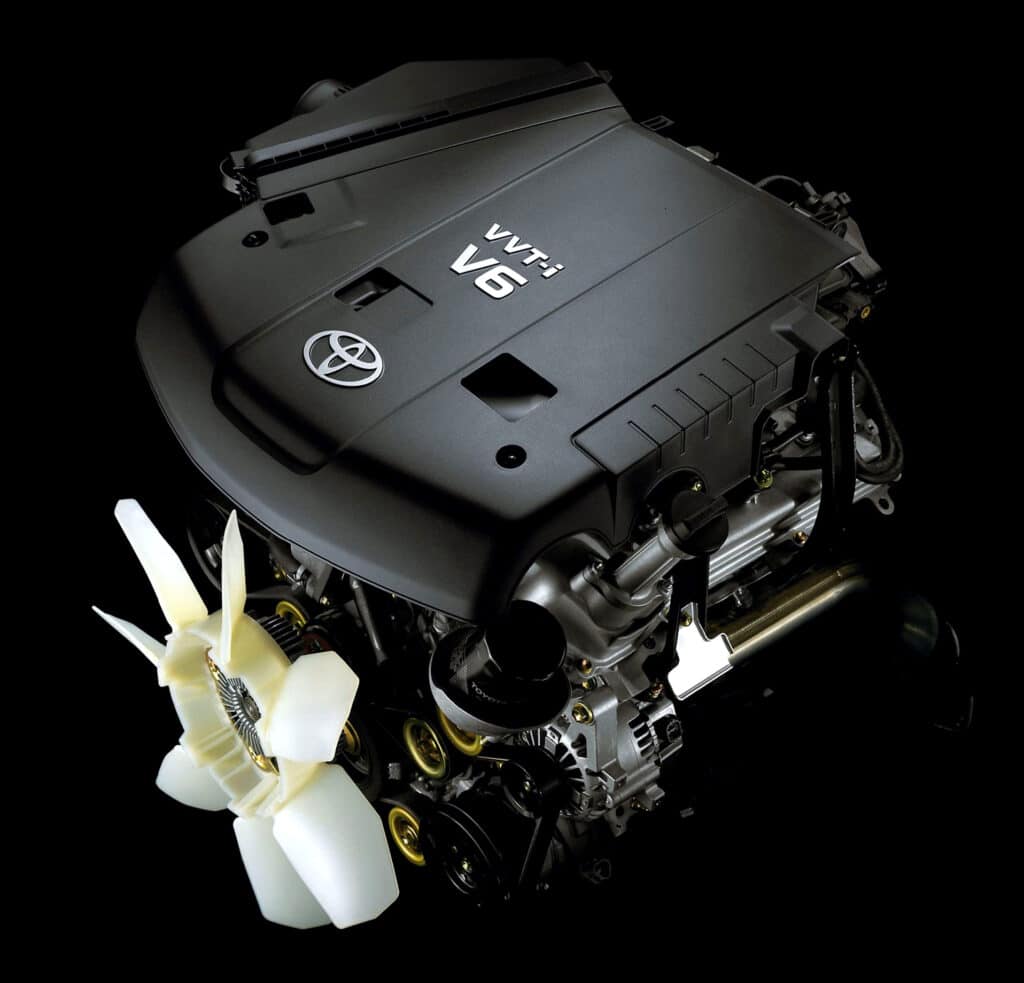
It might just be among the most durable, if not the most durable, V6 engines on the market.
But as with any motor, the 1GR-FE is not perfect. Head gasket failure, water pump issues, and faulty ignition coils are the main concerns surrounding the engine.
However, these problems are usually caused by age and have very little to do with the engine design itself. It’s not uncommon to see 1GRs lasting over 250,000 miles, provided they are maintained properly.
Maintenance is key. The 1GR, much like any other engine, is a collection of moving parts. So, at some point, you may experience a few minor inconveniences.
It’s worth pointing out that only a small percentage of 1GR-FEs have encountered these issues. The rest of them are pretty solid.
1GR-FE 4.0 V6 Problems
When we say “common,” it’s not that the issues are widespread. Instead, when something goes wrong in a 1GR-FE (which is rare), these are the few common areas to keep an eye on.
Things to keep note of are the head gaskets, ignition coils, and the water pump. Let’s take a closer look.
Troubleshooting 1GR-FE’s Head Gasket Issues
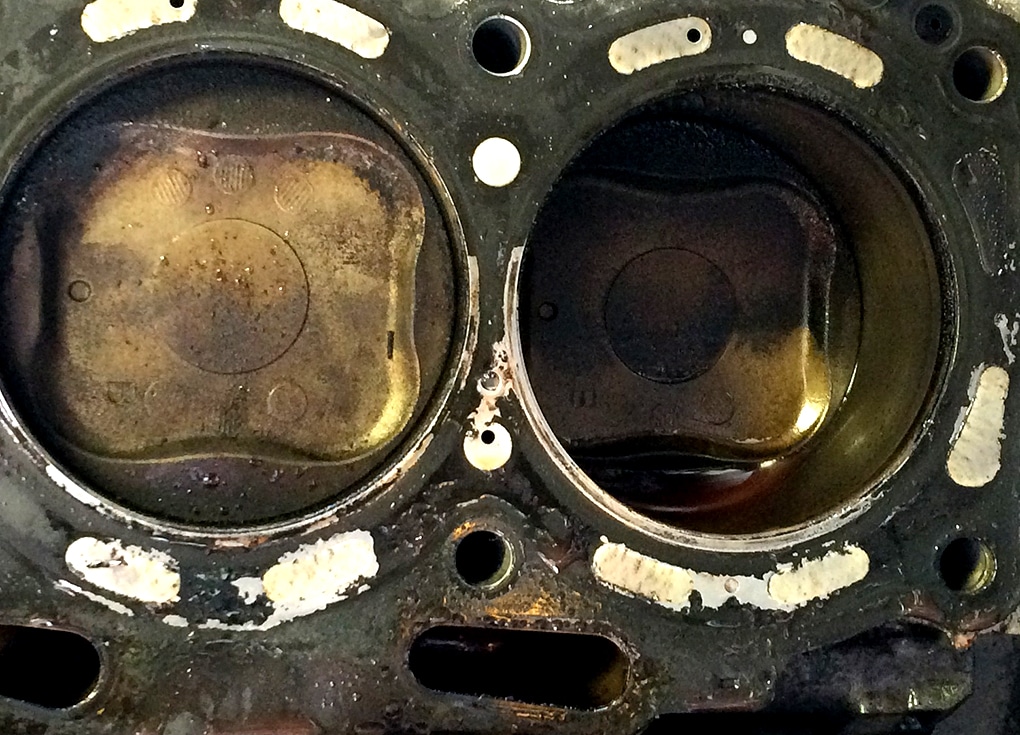
This may be the most common issue reported against the 1GR-FE. That said, there are 1GR engines with several hundreds of thousands of miles on the odometer while still using OE gaskets.
So, it all mostly boils down to routine maintenance and a bit of luck. Head gasket failures can be pretty expensive to fix. Usually, it’s near cylinder number 6 that the failure is prone, causing the coolant and oil to mix.
This is certainly not good news, as the coolant can damage the cylinder, causing premature wear.
Look out for symptoms like milky engine oil, coolant loss, white exhaust smoke, and misfires. Milky-looking oil is a sign that coolant is entering the combustion chamber.
If you keep topping up the coolant and find no visible leaks around the engine bay, it’s possible that the coolant is being consumed by the engine. This makes the exhaust smoke white while giving off a sweet smell.
Fixing the gasket is cheap if you discount labor. Parts cost between $50- $100, but labor can be pretty expensive, crossing $1,000 fairly easily.
Addressing the 1GR-FE’s Faulty Water Pump
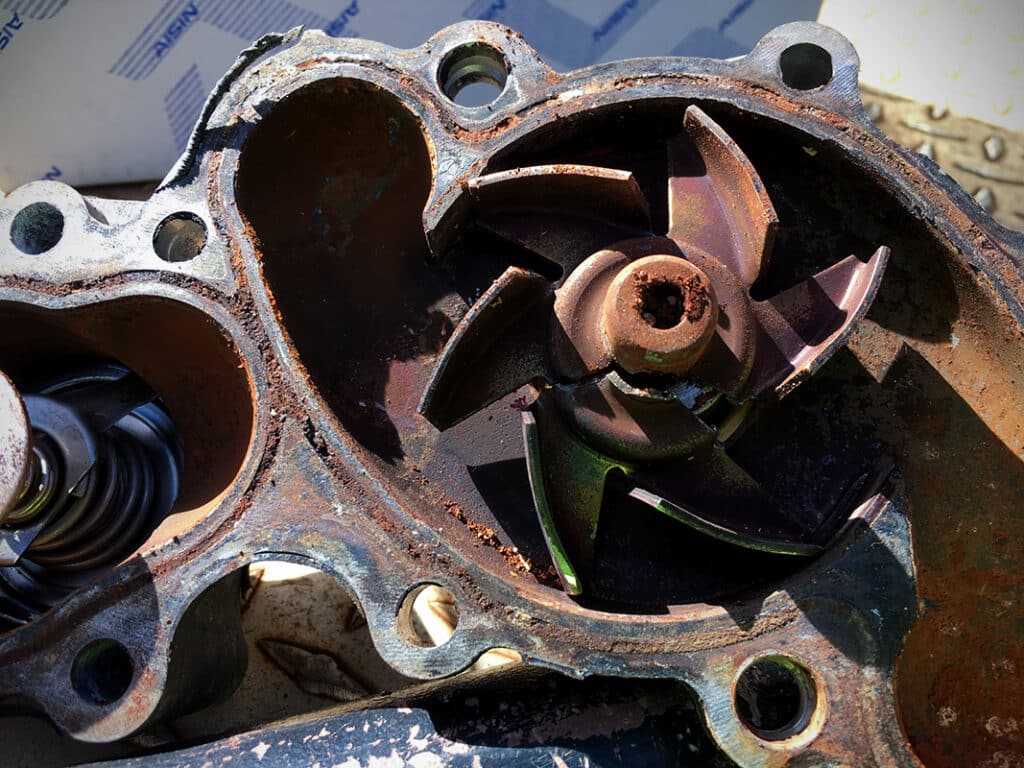
This issue may not be as common as the head gasket concern. However, owners have reported premature water pump failures.
But if you notice issues post 150,000 miles, then it could just be age/mileage related. Understand that water pumps are wear-and-tear items that do require replacing after a certain point.
That said, if you notice unusual signs of overheating or visible coolant leaks, then it might be time to replace the water pump. In the event of a complete failure, the engine will overheat fairly quickly, owing to the loss of coolant.
You may even notice steam coming from the engine bay as the coolant comes into contact with some of the hot engine parts.

Replacement water pumps cost under $100. Add another $300 or so as labor, and you’re looking at a 1GR with a new water pump.
Alternatively, going the DIY route is advised as a cost-effective option if you’re inclined towards wrenching and have a decent understanding of engines.
Is Your 1GR-FE Making a Ticking Noise?
Well, you’re not alone. Several owners have reported a ticking sound coming from their 1GR-FE. It’s not something to be overly concerned about, as most Toyota engines are known to be a bit loud and tappety.
The ticking sounds from the driver and passenger sides can be discounted as non-serious. It could well be a poorly fastened bolt that holds the PWM (Pulse Width Module) or the abnormally loud injectors.
However, 1GR-FEs are interference engines. Toyota recommends having the valves adjusted every 5 years or 60,000 miles, whichever comes first. Improper valve clearance can cause the engine to produce a ticking sound.
You don’t want to overlook this, as it can lead to catastrophic engine damage in the form of bent valves and damaged pistons.
Diagnosing the 1GR-FE’s Malfunctioning Ignition Coils
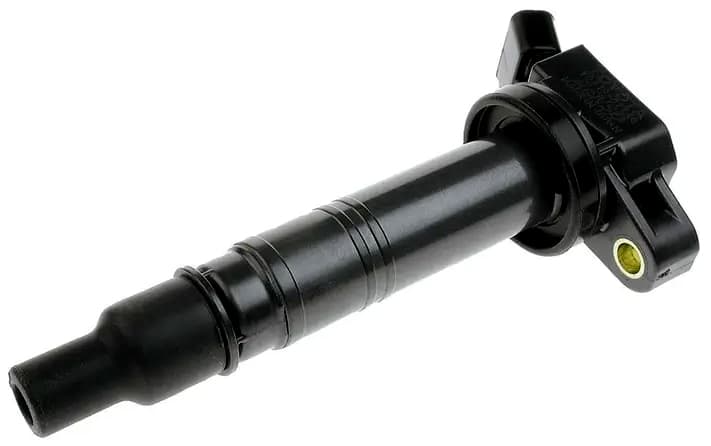
It’s not uncommon for some ignition coils to last the lifetime of the vehicle. But realize that spark plugs and ignition coils can go out, especially on high-mileage cars.
They are essentially wear-and-tear items. 150,000 miles is when you’d normally replace the coils in any engine, regardless of the make.
While several 1GR engines can last over 200,000 miles on original coils, don’t be surprised if an oddball failure occurs prematurely. It has happened to some owners with less than 100,000 miles on the odometer.
If you encounter a misfire or a hesitation to accelerate, it might just be the ignition coils going out. Rough idling and loss of power are other potential symptoms worth looking out for.
A dirty air filter is equally responsible for rough idling, as is a malfunctioning fuel pump. The possibility of clogged injectors and dirty fuel lines cannot be ruled out in the case of erratic acceleration and sluggish performance.
The good news is that the fix is fairly inexpensive. A set of six spark plugs and ignition coils won’t cost you any more than $200.
You can swap them out pretty easily too. If that’s not your cup of tea, taking it to a mechanic/dealership is the next best thing.
What About the Toyota 1GR-FE’s Tuning Potential?
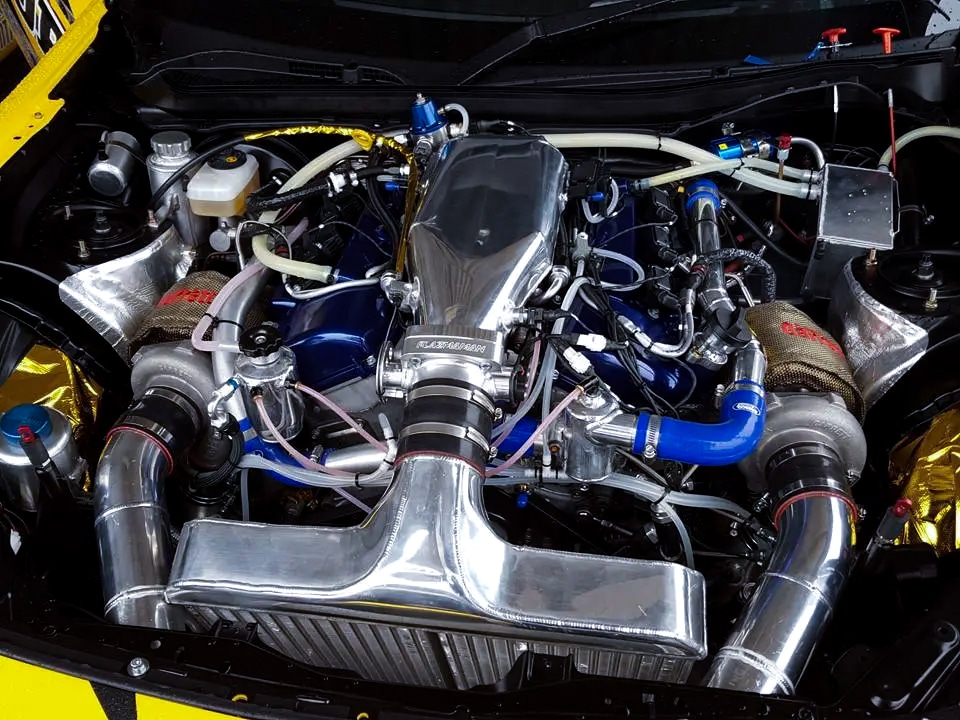
Honestly, the 1GR-FE is not ideal for tuning and modifications. Even though it’s a robust unit, it’s not our first choice when it comes to high-horsepower builds.
Open deck designs are generally not as strong as closed deck ones and they’re more susceptible to cracked engine blocks, especially when pushed beyond their limit.
Even though Toyota did a great job strengthening the block, most people just tune the power curves for a slightly better driving experience.
The stock figures are not particularly inspiring, so a generous boost in power is attainable with the help of an aftermarket exhaust manifold or headers, along with a decent exhaust system.
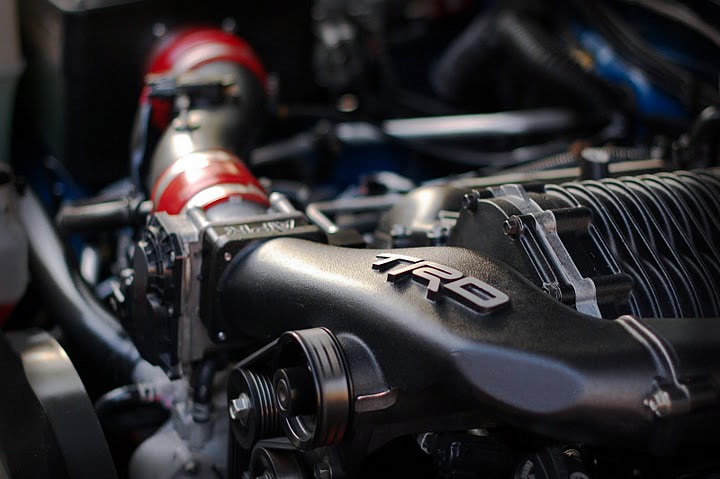
Supercharger kits are available if you’re willing to explore the forced induction route. Toyota even supplied a factory TRD supercharger for the Tacoma and FJ Cruiser but eventually discontinued it.
However, the company that Toyota outsourced the supercharger from is still making the kit, albeit under its own brand called Magnuson. The kit unlocks the 1GR-FE to produce over 300 hp and 335 lb-ft.
But it’s worth pointing out that installing the Magnuson kit is not cheap and takes a dramatic hit on the fuel economy.
Is the Toyota 4.0 V6 a Good Engine?
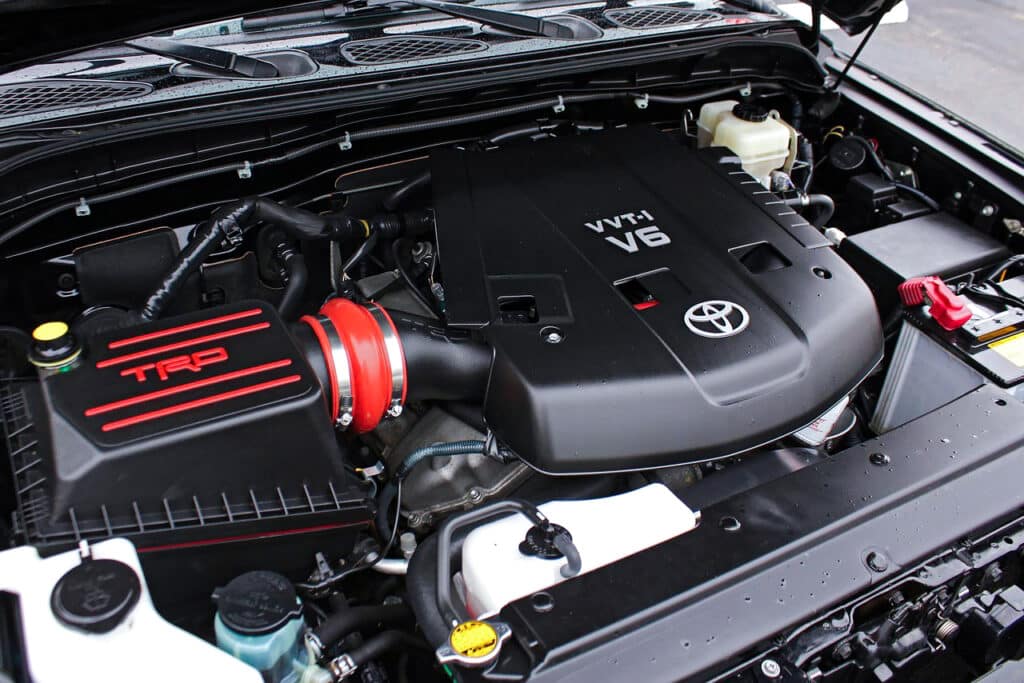
The 1GR-FE is a good engine. Although it may not be the most powerful out of the box, it still is a robust and dependable motor.
Realize that the 1GR is the first of the GR engine family, which spawned the 2GR-FE, 2GR-FSE, 3GR-FE, and many other reliable V6s in Toyota’s lineup. So, it carries a certain level of provenance.
Sure, it may not be as coveted as the 2GR engines, but it is far from being unreliable. While we mentioned a few problems that you might come across in a 1GR-FE, it’s unlikely that any of them would cause serious trouble.
Also, it’s not uncommon for a high mileage example to run into a few maintenance concerns.
A lot of these engines are still running flawlessly, which is a testament to Toyota’s engineering prowess. The bottom line is that if you stay on top of maintenance, the 1GR-FE can be quite a reliable engine.
Do you own a truck with a 1GR-FE engine? How has your experience been? Let us know by leaving a comment below!
If you found this post informative, share it with your friends on Facebook and Reddit. We appreciate your support!

